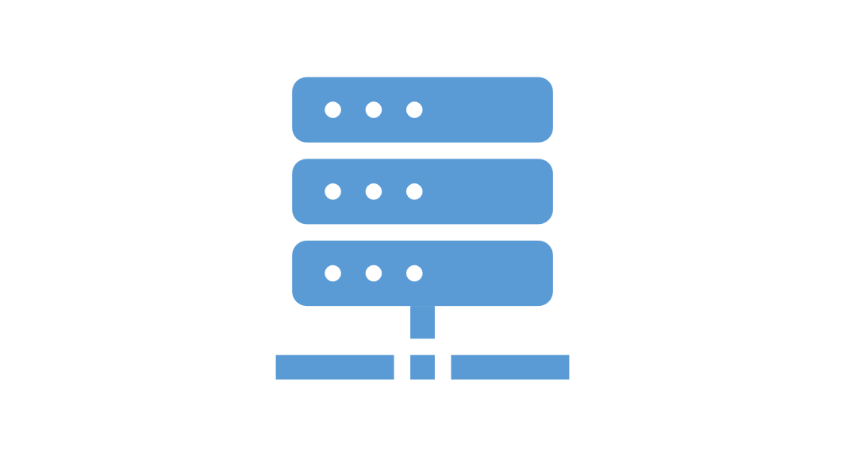Collaboration has been integral in the design of our products from the beginning. The centralization of project data is important to building collaborative systems, therefore effectively simplifying the capture and sharing of information across teams.

We leverage the power of Microsoft SQL Server to provide a system that allows multiple users to access and edit the same project data, templates and resources from virtually any location at the same time with minimal conflict.

Our databases are configured out-of-the-box to allow the storage of data from multiple projects.
This assists in standardizing the input of data, which in turn simplifies linking data from older projects into your current project (i.e. inclusion of staged developments for comparison) and reusing the data in tools such as GIS.

Multiple divisions can be created in a single database, with each maintaining it own unique setup for tables, columns, templates and lookup values. These could be based on countries, offices, clients, or any other separation required.

All critical resources (i.e. report templates) are stored in the same database as project data. This means that there are minimal steps required when either moving the database to a new server, or getting a new user setup (i.e. simply install the software and connect to the database).

Microsoft SQL Server is available in various editions, simplifying the scaling of production databases as the needs of an organisation grow. It can be configured to meet the accessibility / security requirements of any organisation, ranging from hosting databases on an organisations internal servers (i.e. domain controlled), or hosting databases remotely on services such as Azure Database to global systems implementing replication systems.
Most of our clients start with the free SQL Server Express edition that can be configured to use advanced functionality such as FILESTREAM to minimize the effect of storing large binary data such as documents and images in the database.
